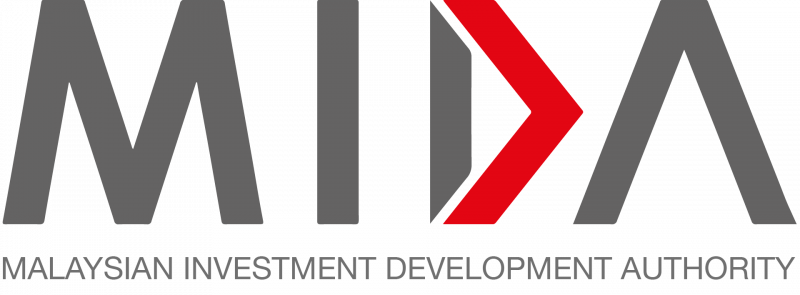Boosting semiconductor capacity, investments vital to maintain global market position – Siemens
31 May 2024
Malaysia can remain a significant player in the global semiconductor market by ramping up capacity and attracting more investments into the sector, technology company Siemens Malaysia Sdn Bhd said today.
President and chief executive officer Tindaro Danze, said ongoing technological developments and investments are essential as many sub-industries depend on semiconductors, reflecting the interconnected nature of modern technology and manufacturing.
Morever, the semiconductor industry is a major contributor to Malaysia’s economy, contributing between 25 per cent to 30 per cent of the country’s gross domestic product (GDP).
“This indicates that a significant portion of Malaysia’s economic output is tied to the semiconductor sector,” he told reporters on the sidelines of the Semicon Southeast Asia 2024 conference.
He said there are set to be 74 semiconductor fabrication plants (fabs) in Southeast Asia between 2023 and 2027, and it is expected that eight of the fabs will be established in Malaysia, demonstrating
the country’s important position within the regional semiconductor landscape.
“Malaysia needs to keep pace with these trends to avoid falling behind other countries,” he added.
Malaysia chalking up significant investments
Danze said that Malaysia is chalking up significant investments this year, from companies like Infineon Technologies AG, which indicates positive prospects for the country.
“Global players are very mindful where they put their investments (and) they want to diversify.
“They learnt from the COVID-19 (times). They do not want to put all the eggs in one basket, so they are looking for alternatives.
Malaysia makes a pretty good alternative because the ecosystem needed to feed the semiconductor is already here,” he said.
In talks with Selangor state government
Danze said Siemens is not only a manufacturing company but is also looking into utilities, such as the water industry. It is in talks with the Selangor government to resolve state water woes.
According to Danze, Selangor has an extensive water piping network of about 35,000 kilometres.
He emphasised that these pipes are old, which could lead to frequent bursts, leaks and non-revenue water which refers to water that is produced but not billed to customers due to leaks and waste.
He said non-revenue water accounts for 25 per cent to 30 per cent of treated water loss in Malaysia versus five per cent in some other countries (European countries).
Danze also said Siemens has proposed to the state government to use digital twin technologies to create a digital model of the water network and detect potential leaks by monitoring changes in pressure and flow rates.
Hence, the idea of creating a digital twin involves making a digital replica of a physical system — in this case, the water piping network.
He said this technology can be applied across various applications and industries.
A digital twin is a virtual representation of a physical device or fab, and it can be used to simulate and optimise operations for quicker identification and leak repairs, significantly reducing water wastage.
The software can also predict potential pipe bursts, enabling preemptive maintenance. There are a lot of savings to be derived from the technology because it can reduce water loss and improve the efficiency of the water supply system; quick detection and repair of leaks prevent prolonged water wastage.
Source: Bernama


